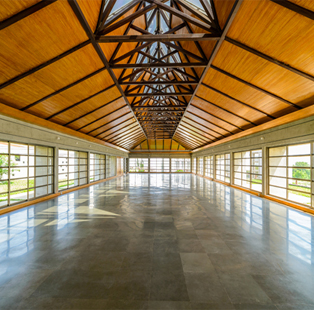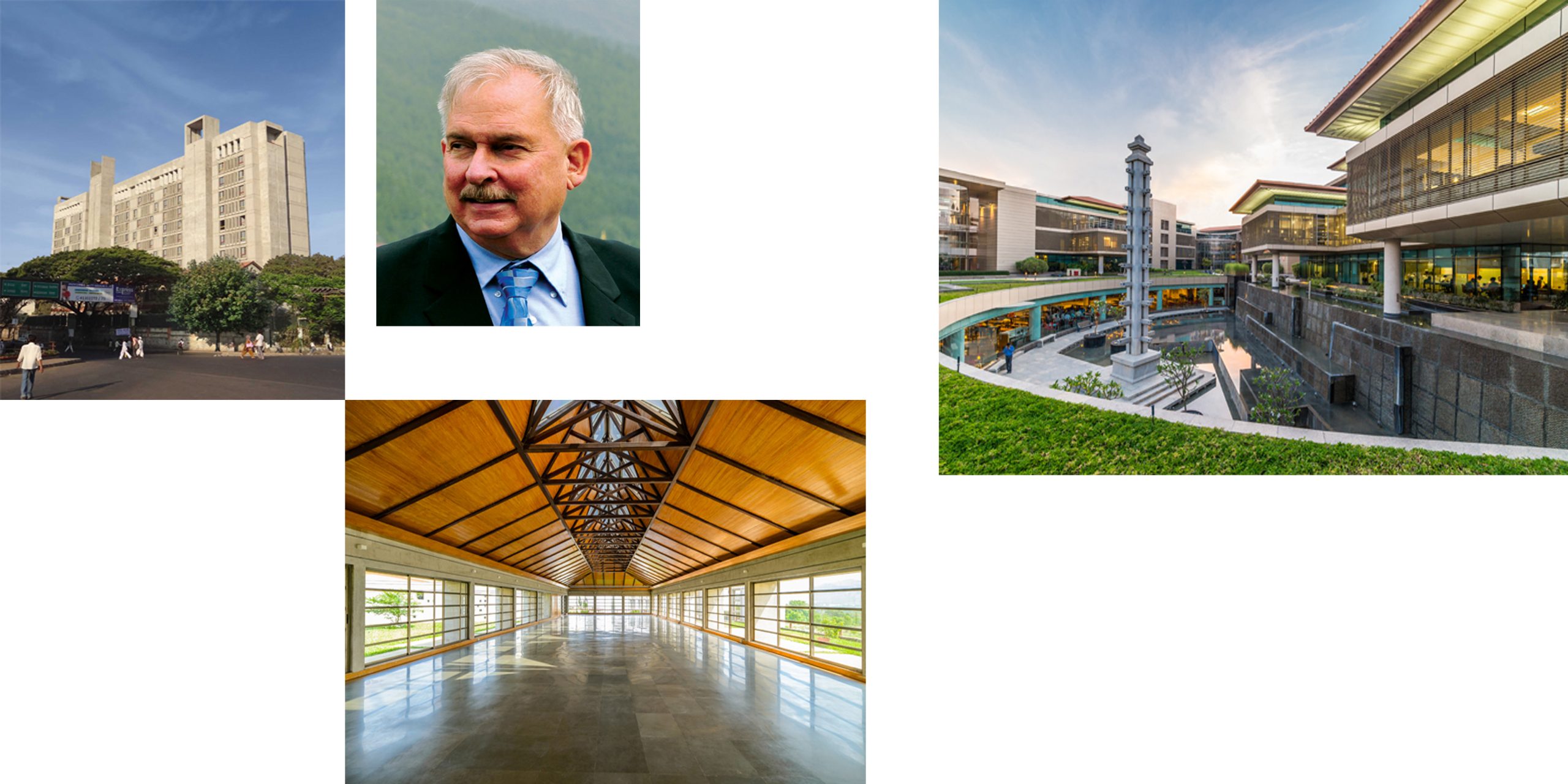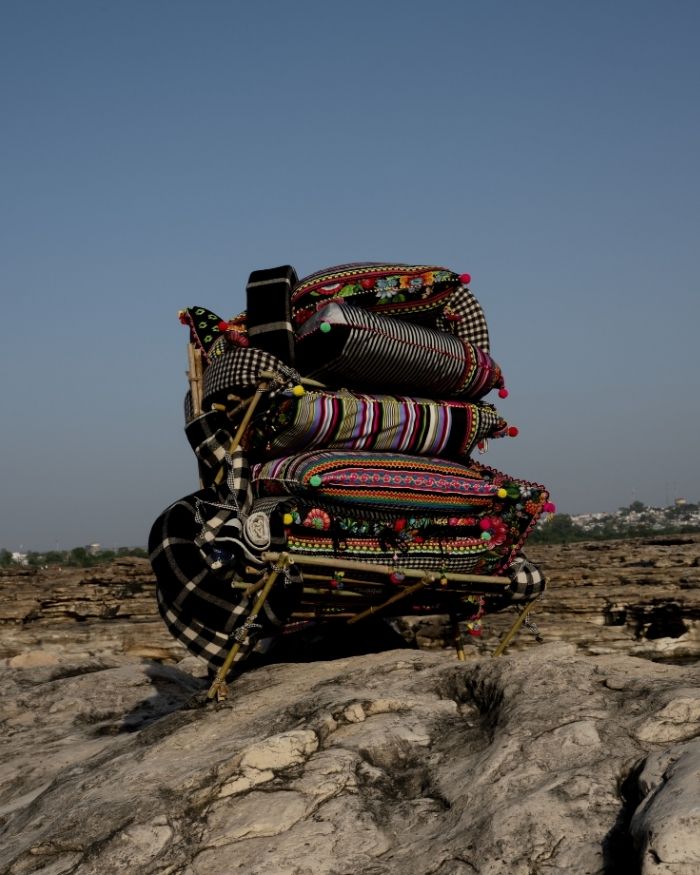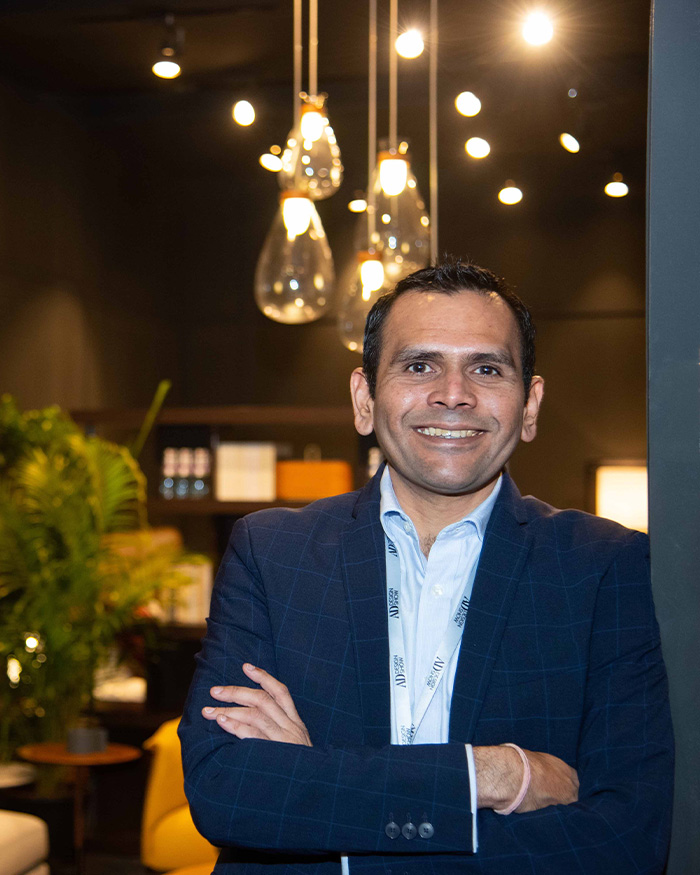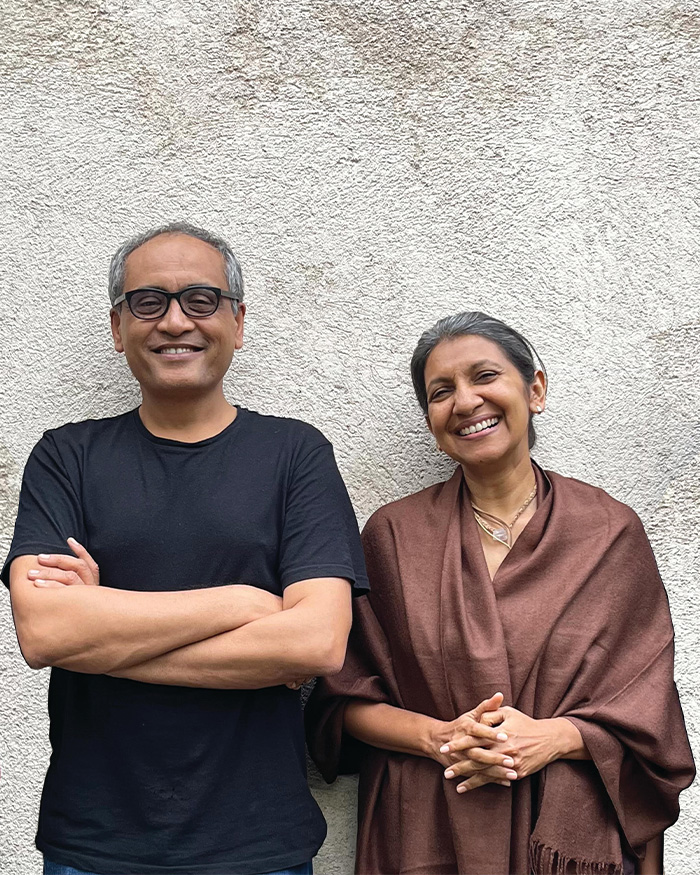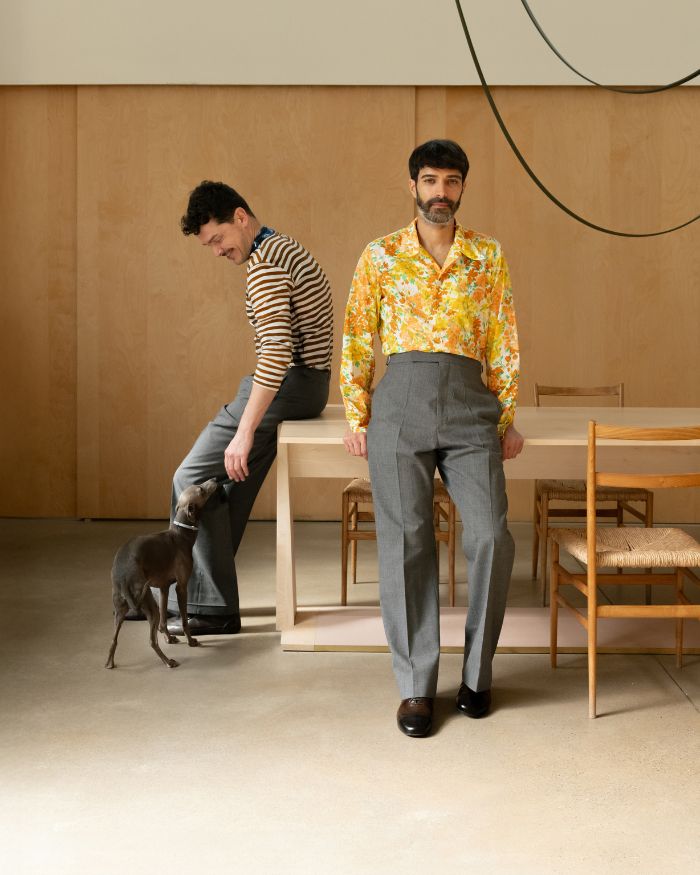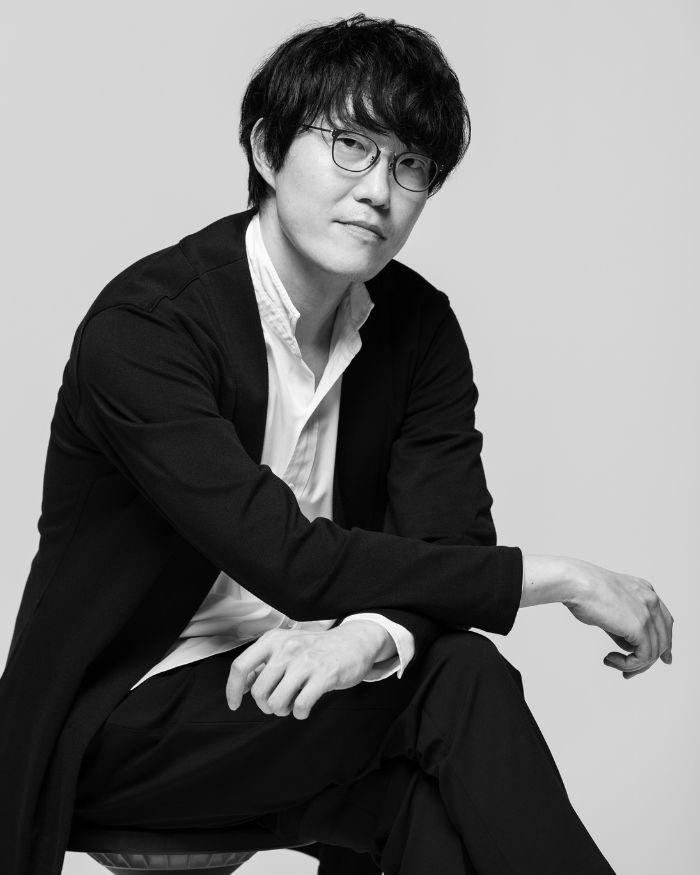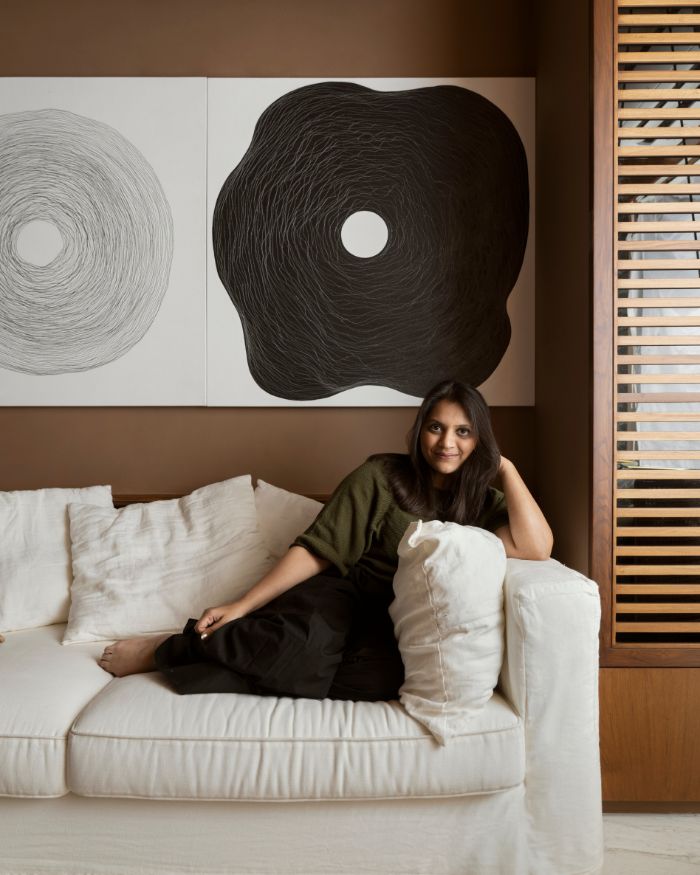Innumerable buildings and iconic structures can be credited to the American-Indian architect, Professor Christopher Charles Benninger – The Indian Institute of Management Kolkata, College of Engineering in Pune, YMCA International Camp Nilshi, New towns in Bhutan and Suzlon One Earth Global Headquarters Pune to name a few. A figure of excellence and a celebrated planner, today his work and name walk a step ahead of him. He has lectured in many countries on varied topics surrounding planning and architecture and his firm has received 35 awards and citations to date. We recently caught up with the legendary figure on the occasion of him winning the John Michael Kohler Lifetime Achievement Award. An excerpt:
ELLE DECOR India: What does winning the John Michael Kohler Lifetime Achievement Award mean to you?
Christopher Charles Benninger: First and foremost this is an award bestowed upon me by an eminent jury of highly accomplished architects and designers. Each one of them has created landmark designs that inspire me. To be recognised by a council of such distinguished architects, and highly respected peers, is a great honour. On another level, this award is made in the memory of a great pioneer, John Michael Kohler, who was born in Vienna, Austria about a century before I was born. He migrated from a highly evolved urban culture to a new frontier, about a century before I left my teaching job at Harvard, in the same spirit of adventure, and I migrated to India, a new frontier of ideas, values and challenges. By the turn of the nineteenth century to the twentieth century, John Michael Kohler was set to make unique contributions to a land of innovation and invention – a land called America. By the turn of the twenty-first century, I was prepared to make unique contributions to a new land of innovation and invention – a land called India. So in many ways my life is an echo and a mirror of John Michael Kohler’s life. I feel a kinship and a sense of community with this pioneer of the possible.
ED: From management institutes and hotels, to bridges and residences, you have practically covered the entire spectrum of building designs. Is there anything you still consider untouched; something you would like to dabble into?
CCB: I’d like to go back into my youth romanticism when I was more interested in socio-economic transformation and change, and when I saw architecture as a social tool! I’d like to look once more at the single most difficult and important task facing architects, planners and urbanists in India – that is to provide equal access to shelter to all classes of people. In today’s world merely 25 percent of the people in Indian cities can afford the Equated Monthly Installments of an apartment or small house to live anywhere within urban regions. I’d like to revisit this conundrum – I’d like to study the pallet of possibilities and explore new landscapes and big solutions that emerge from architecture, urban and city design and socio-economic planning. There are solutions and I shall find them!
ED: What do you consider your influences to be and why?
CCB: My formal and informal education worked symbiotically, back and forth, between one another evolving my values, ideals and sense of what life is all about. I have been exposed to inspiring teachers in formal places of learning from my primary schooling on through my postgraduate studies. They were visionaries who balanced knowledge, skills and sensitivities and exposed me to the cybernetic relations of all of these qualities acting together. But I also had amazing friends who were risk takers, avant-garde thinkers and people who believed that we could change the world and even create a “new man”! These visionaries catalyzed my thinking to put whatever I learned formally into action; to create new institutions and to dirty my hands in making real cities and new buildings. It is these learning synergies that have driven me to be a continuous student, driven me to read and to search and have driven me to travel to unknown places and make unknown people my lifelong friends.
ED: Sustainability is the buzzword today and you too, being a crusader of inclusive and sustainable housing plans seem keyed on this idea. As an architect who has the exact know-how of buildings, how plausible is it to create fully sustainable, energy efficient cities in India?
CCB: The people of India know how to “build with their own hands!” They can create communities with very little professional assistance and meager resources. If you want to know the most “appropriate technology” to resolve the housing problem, just step inside of any established slum and see how materials are recycled, see how floors are made water resistant for the monsoon, and see how well ventilated the rooms are for the hot summers! If we provide people with trunk infrastructure and with affordable small serviced plots, the people will demonstrate the “know-how” needed to resolve the housing shortage in very energy efficient and innovative manners. Yes, I know where the “know-how” is and I think I know how to amplify it.
ED: What should a building aim to achieve?
CCB: A building should aim to gift happiness! It should respond to people’s functional needs, making them feel easy with life. It should be affordable to the users, removing anxiety about their security to stay in their dwelling. It should be durable and flexible, granting protection from the weather and from unwanted visitors.
ED: Tell us about any three projects that taught you something?
CCB: First, Falling Water by Frank Lloyd Wright taught me that architecture is an integral part of nature and that it can amplify the inspiration of the natural world into our living environments! Second, the Villa Savoy by Le Corbusier taught me that architecture generates machines for living that respond to rational technology. It forced me to see built fabric as something logical of the mind; something of measure, something of modules; and something actually created through erudite puzzles and contemplating. Finally, the Case Study House by Charles and Ray Eames taught me that the natural, the subjective and creative concepts can be integrated industrial analysis and scientific thinking to create solutions for the common man; the Eames House brought together the teachings of Frank Lloyd Wright and of Le Corbusier, challenging me to seek my own truth for myself!
Website: www.ccba.in
Also read: Matteo Cibic EDIDA 2016 Tabletop winner

